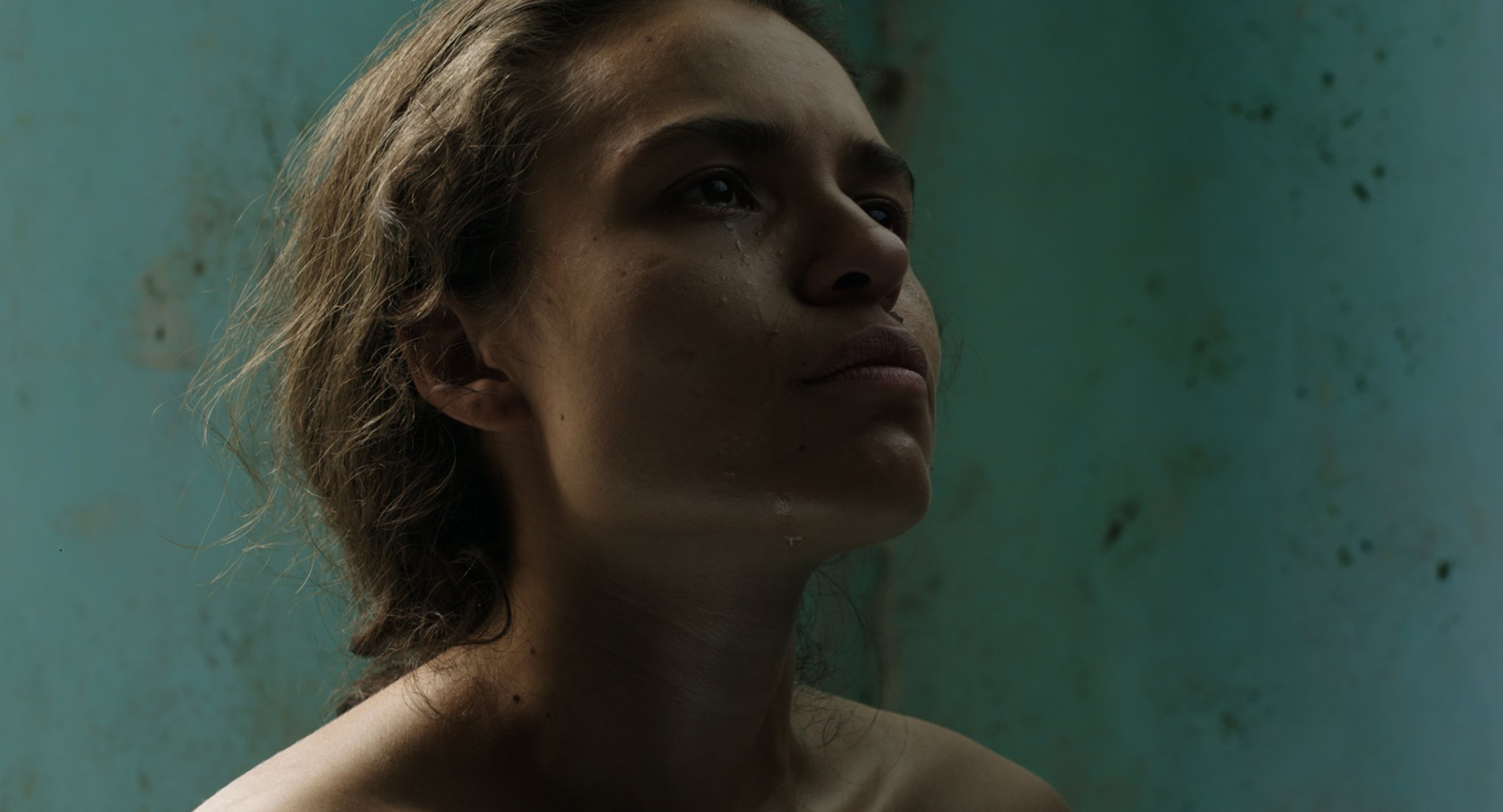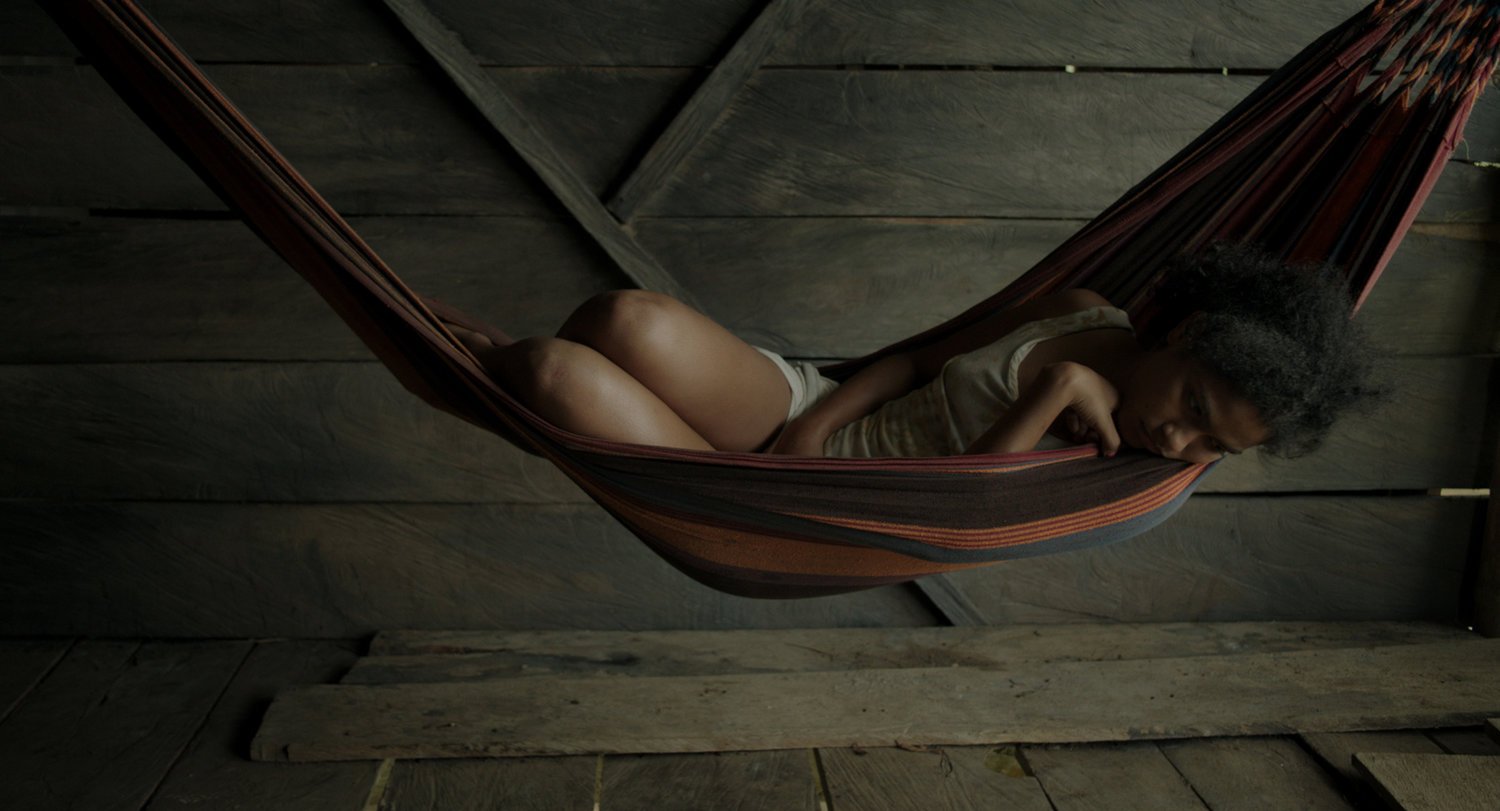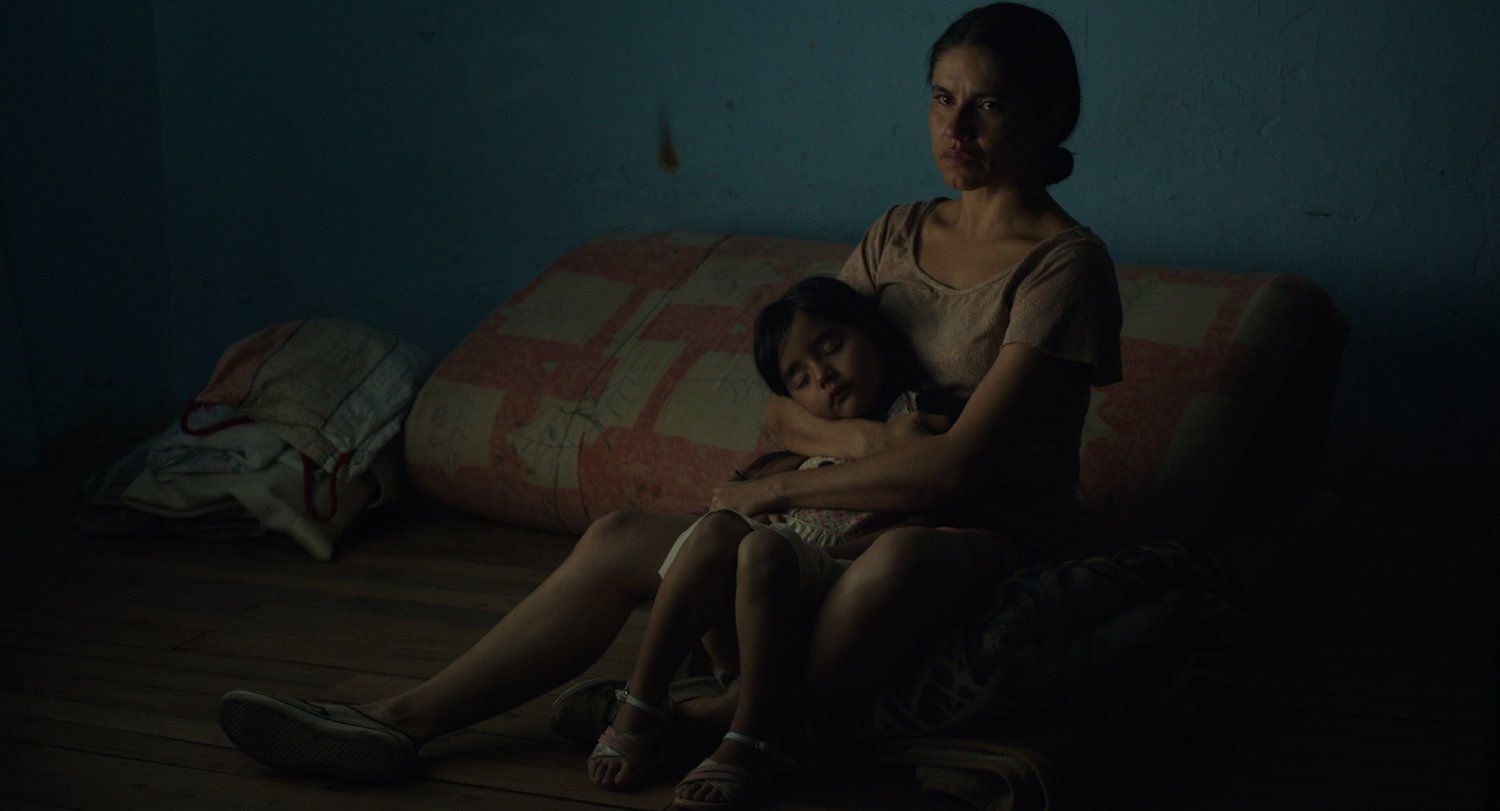Oscuro Animal is thus situated within a corpus of Colombian audiovisual media that seeks to represent, problematize, and work through the many violences that have harmed its society. The film's aesthetics and tenor complement other features such as William Vega's La sirga (2012), but Guerrero takes this a step further by almost completely eschewing narrative dialogue. The acoustics of the film are evident from the very first scene, as it opens in darkness as the viewer is met with the cacophonic symphony of the jungle. Anybody who has ventured deep into the selva knows that there is never silence in the wilderness—even though it is deeply sheltered from the chaos of urban life—and that danger and mystery can arrive at any turn. A sensation of fear and awe is instilled in the viewer; watching this film involves a full sensorial immersion in rural life, in a context where various threats may be looming around the corner.
The phenomenology of the jungle leads the viewer to meditate on the title of Guerrero's film, as we begin to question who or what is the animal or beast. Rocío may be one such animal, as the camera tracks her movements as she gingerly returns to her house. A slow camera pans from left to right, immersing the audience in the space, providing us with a visual inventory of (whatever is left of) her abode and her life. Importantly, the noise of jungle permeates this space, its omnipresence impossible to ignore. Guerrero delicately juxtaposes images of calm and violence— of Rocío lying pensively on a hammock versus her being walloped by a cold stream of water in a bath, jarring her and us into the reality of what has transpired. Violence is unseen, as we are directed to reckon with its aftermath by the guiding gaze and expressive emotions of Rocío's visage.
Guerrero's careful montage of semantic extremes underlines the visual exercise of the film, evidenced later in the images of Mona and her captors in the second thread. She is almost always indoors, bathed in darkness, while the men swim freely outside in a river. The kinesthetics of their bodies in these contrasting shots adds symbolic depth to their depiction, encouraging the viewer to stitch together character compositions and narrative plot points through their own imagination rather than through the traditional filmic crutch of dialogue.
Nelsa's storyline brings the viewer to the non-civilian side of things, as we follow her in a truck with blaring death metal playing at all times as she goes about her duties, which include burying and burning the bodies of farmers in an unmarked grave, visiting injured and maimed soldiers, and serving as a sexual peon of a superior in command who once recruited her as a younger child.


